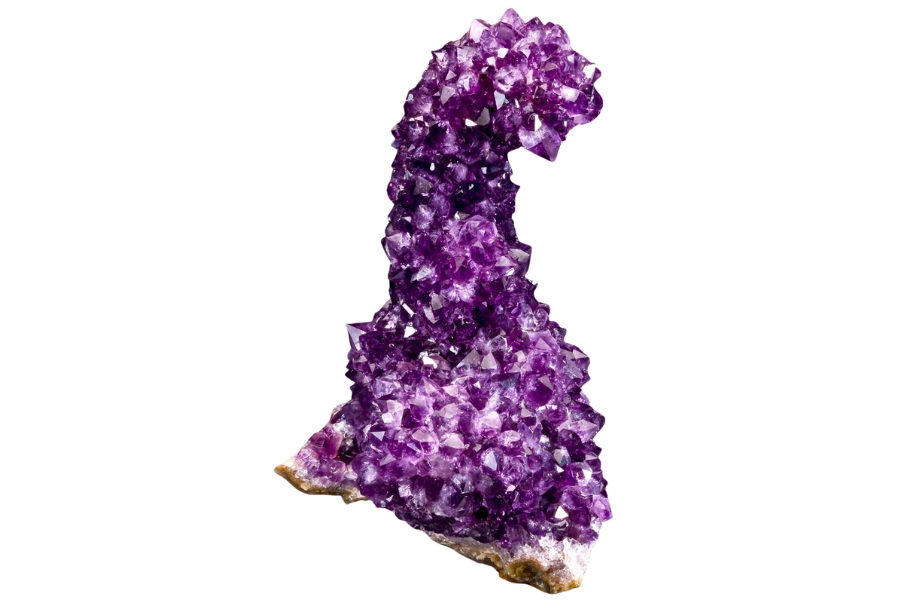Another exciting week of rockhounding has wrapped up and the Rock Chasing community has been busy! This week we’ll cover:
- Everything about septarian nodules and where to find them
- How valuable and expensive onyx can get
- Michigan’s common rocks, minerals, gems, and crystals
- All about petrified wood and how to identify it
- Rocks, minerals, gems, and crystals as vibrant as sunshine
- Why you should use a mesh bag than your pocket
- Unbelievably colorful goethite
All that and more below!
Win new gear in our community!
We are giving away new equipment every month to followers of our social channels. Every follow gives you another chance each month to win some great rock hammers, chisels, books, and other essential gear!
Click on the links below to sign up!
Find Of The Week
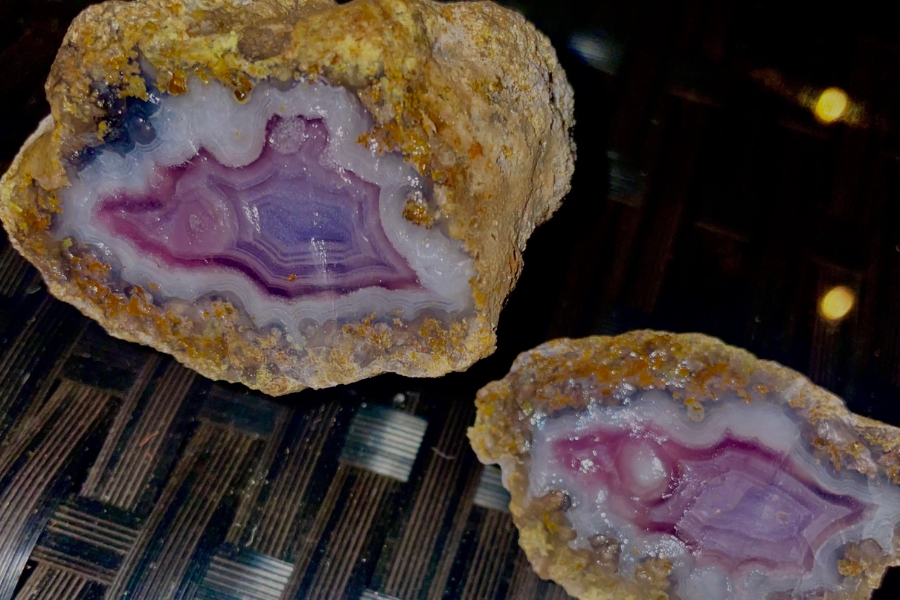
Today we have a sliced agate that was found on the west side of Lake Pleasant in Arizona. Just look at those amazing pink and purple banding!
Agate is often revered for its intricate patterns and vibrant play of colors that can leave one spellbound. Its labyrinthine bands create a captivating dance of lights and shades, making it a beloved choice for jewelry and ornamental uses.
Despite its astounding beauty, agate is not particularly rare, which makes its widespread admiration all the more remarkable. Its beauty does not render it any less valuable; its appeal lies as much in its aesthetic allure as in its symbolic meanings and metaphysical properties.
Agate forms within volcanic rocks when groundwater with rich silica deposits fills cavities and, over millions of years, solidifies into this striking gem. This process imparts each agate with a unique fingerprint, a singular design, that makes no two pieces identical.
Widely distributed across the globe, this gem can be discovered in the volcanic terrains of Brazil and the riverbeds of ancient lava flows in the United States.
If you have any new finds you’d like to share with the Rock Chasing community please send them to communitysubmissions@rockchasing.com. We would love to share and will happily give you credit!
Everything About Septarian Nodules And Where To Find Them
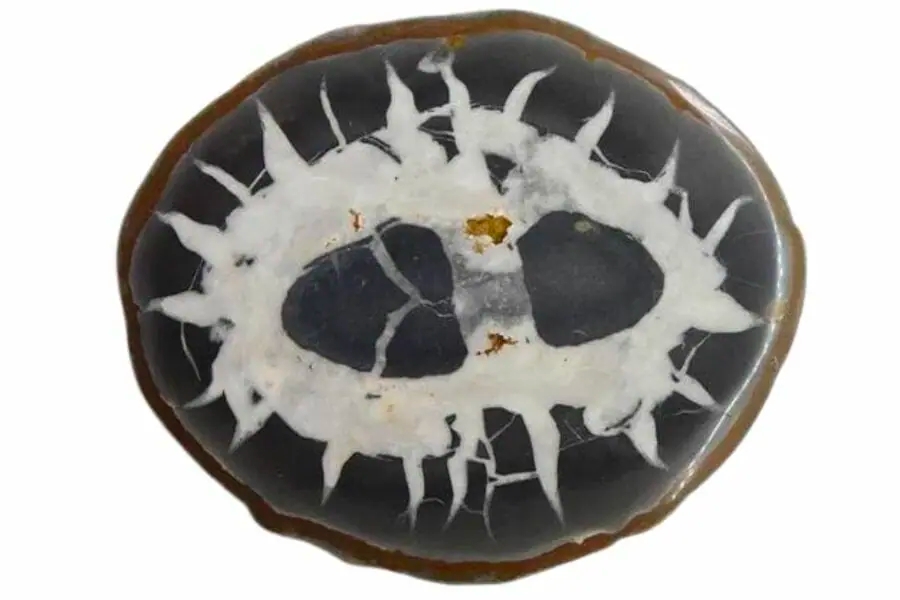
Septarian nodules are some of the most fascinating and beautiful geological creations that you can find. Sometimes called “Lightning Stones,” they might look like ordinary rocks on the outside. But inside, they reveal a beautiful pattern that tells a story of how our planet has changed over millions of years.
How do these amazing formations come to be? What do they look like, and how can you identify them if you find one? Are they valuable?
Whether you’re a curious student or an avid rock collector, this article will help prepare you to embark on a geological adventure that will connect you with the ancient world.
Rocks, Minerals, Gems, And Crystals As Vibrant As Sunshine
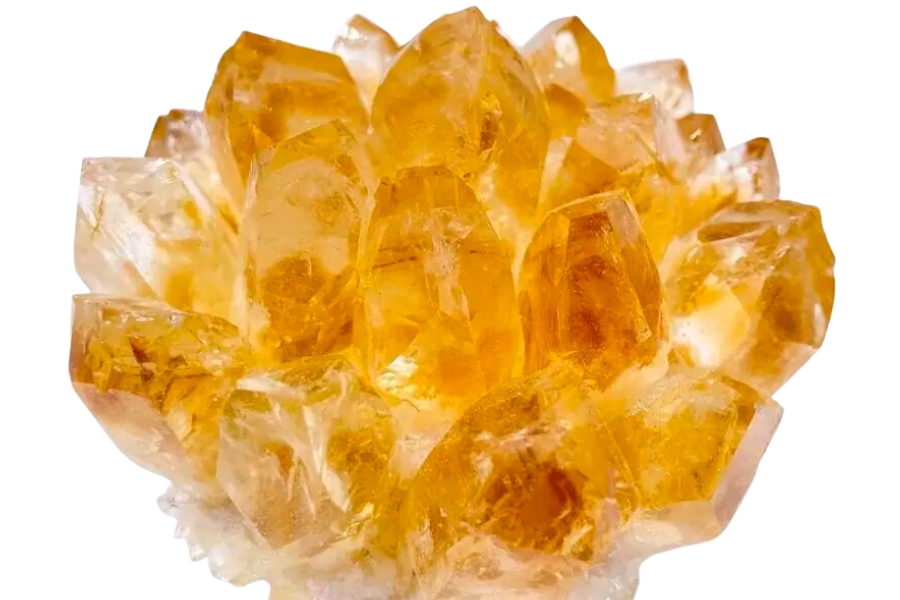
Yellow is a vibrant, eye-catching color that has captivated people for centuries. From the sun to precious stones and minerals, yellow has been used to symbolize wealth, power, and beauty.
Gems are a popular choice when it comes to collecting beautiful yellow objects. Citrine, golden beryl, and heliodor are just some of the many varieties of yellow gemstones today. These are often cut into faceted pieces for jewelry or left in their raw form for collectors to admire.
Rocks can also come in various yellows, ranging from light butterscotch hues to deep ochres and oranges. Some famous examples include sandstone and quartzite, which have been used in construction for centuries.
This article will explore some of nature’s most elegant yellow gems, crystals, rocks, and minerals. We will also discuss how these objects can be used in various craftwork and jewelry-making types. So if you’re looking for a unique yellow item to add to your collection, read on!
Community Tip Of The Week
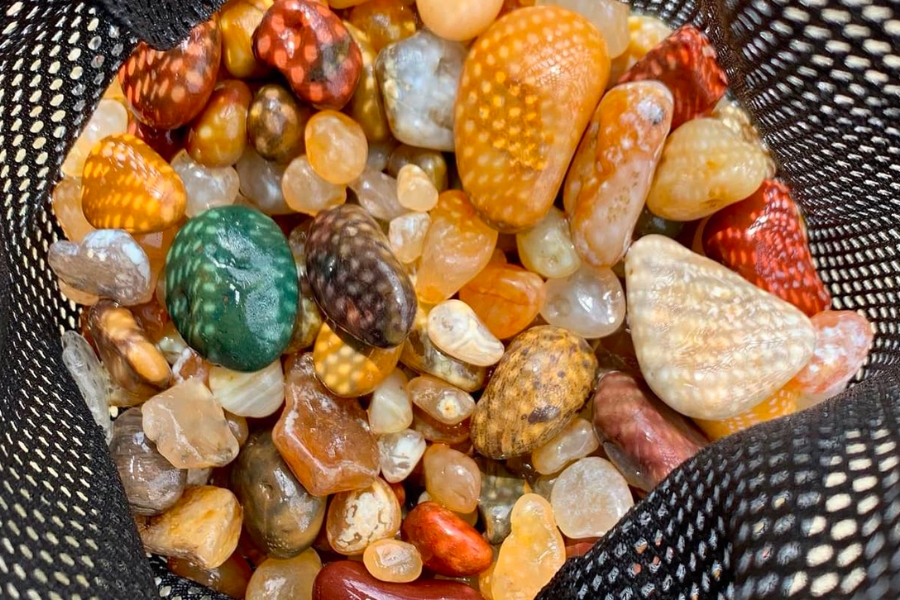
Every week one of our members share a valuable tip or a big mistake they’ve made in their rockhounding journey. If you have a tip or mistake you’d like to share email us at communitysubmissions@rockchasing.com
This week’s tip comes from Johnny in Jackson Hole WY:
Use a mesh belt attached to your belt rather than putting your finds in your pocket.
As a rock lover, I can’t stress enough the game-changing nature of using a mesh bag attached to your belt instead of shoving finds into your pocket. Trust me, it’s not just about comfort, it’s about efficiency!
Pockets, despite their convenience, often have limited space. Before you know it, they’re bulging with specimens, some of which might damage or scratch against each other.
But with a mesh bag, you’ve got ample space to store a day’s finds, plus the added bonus of naturally sifting out any loose dirt or smaller, unwanted fragments. This allows you to focus on the more exciting specimens and keep them in prime condition.
Imagine discovering a delicate trilobite fossil or a beautiful quartz cluster, only to have it chipped by the rougher stones in your pocket. Heartbreaking, right?
So the next time you go rockhounding, try it with a mesh bag. Not only does it keep your specimens safe, but also elevates your entire collecting experience.
Johnny
Unbelievably Colorful Goethite
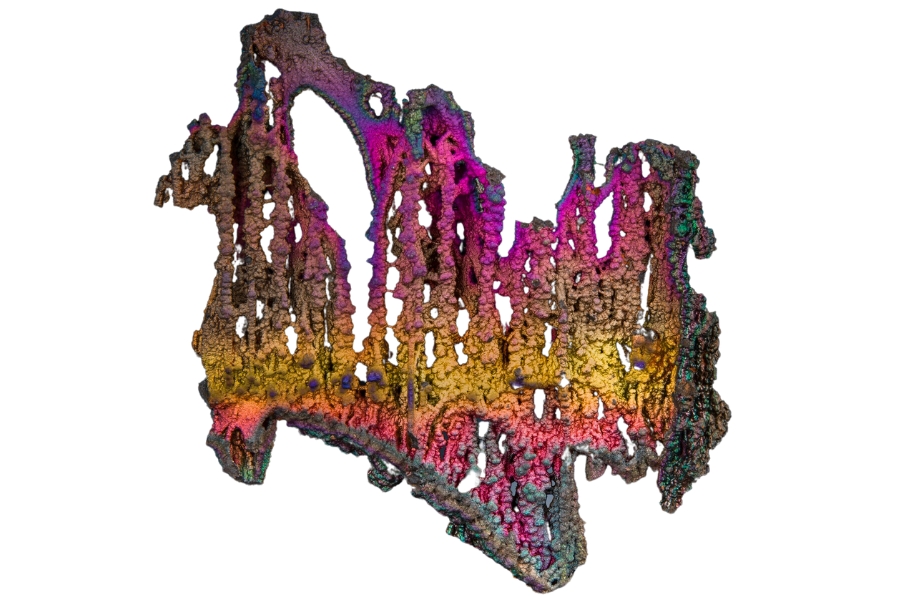
Can you believe just how colorful this iridescent goethite stalactite is? How cool is that?
With its deep earthy hues and varied forms, goethite has a subtle beauty that speaks volumes of the planet’s geological tapestry. Its tones often range from dark brown to velvety black, often streaked with yellow or red, painting pictures of the dynamic processes beneath our feet.
While not exceedingly rare, goethite is a prized mineral in collections due to its rich color and interesting formations. Its value is enhanced by its significance in the study of ancient environments, as it often records past climatic conditions.
Goethite’s formation is fascinating: it often crystallizes directly from iron-bearing water or as a result of the weathering of other iron-rich minerals in oxygen-rich environments. This hydration process lends it a unique texture and form.
Commonly found in soil and other iron ore deposits around the world, goethite is also present within the famous mining districts of Lake Superior in the USA.

